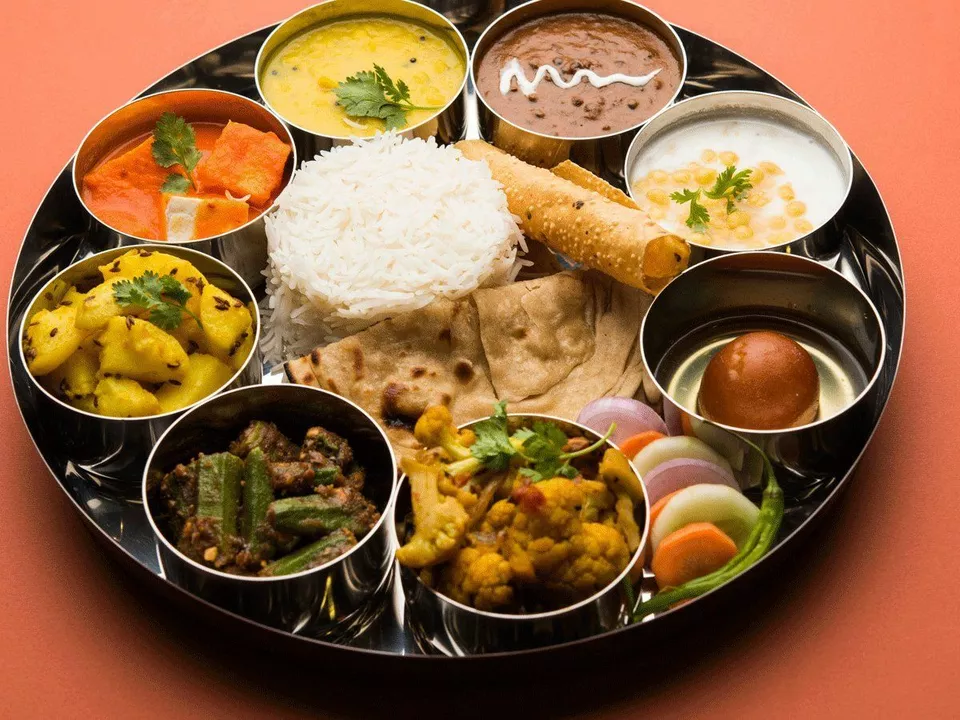Indian Food: A Flavorful Journey Across the Subcontinent
If you’ve ever wondered why Indian food feels like a party in your mouth, you’re not alone. From north to south, east to west, each region adds its own spice, technique, and story. This guide breaks down the basics so you can enjoy a real taste of India without getting lost in a sea of unfamiliar names.
What Makes Indian Cuisine Unique?
First, think about spices. India’s spice markets are legendary, but you don’t need a dozen jars to start. The core trio—cumin, coriander, and turmeric—covers most flavor bases. Add a pinch of garam masala for warmth, and you’ve got a solid foundation for everything from simple dal to rich curries.
Second, cooking methods matter. Many dishes begin with a "tadka" or tempering: hot oil, a few mustard seeds, and a splash of curry leaves. That quick burst releases aroma and lifts the whole dish. Whether you’re frying, roasting, or steaming, the same principle applies—layer flavor early and let it build.
Must‑Try Dishes by Region
North India loves dairy and breads. Try butter chicken with a side of naan or roti. If you’re vegetarian, paneer tikka and aloo gobi are crowd‑pleasers. South India serves up rice and coconut. A plate of dosa with sambar and coconut chutney hits all the right notes. Don’t miss the spicy fish curry from Kerala if you like seafood.
East India is famous for sweets, but the savory side shines too. A quick mishti doi (sweet yogurt) balances the tang of mustard fish. In the West, especially Gujarat, you’ll find dhokla—steamed, spongy, and slightly sweet—and the ever‑popular thali, a platter that lets you sample several dishes in one go.
All these dishes share a few guiding ideas: balance heat with coolness, richness with acidity, and texture with flavor. A squeeze of lemon, a dollop of yogurt, or a handful of fresh cilantro can turn a good plate into a great one.
Ready to cook at home? Start simple: boil lentils, toss in a tadka of oil, cumin, and garlic, then finish with turmeric and salt. Add a splash of water, let it simmer, and you have a comforting dal in under 30 minutes. Pair it with basmati rice or a piece of flatbread, and you’ve got a meal that feels both homey and exotic.
When you eat out, look for places that celebrate regional authenticity. A restaurant that highlights where a dish comes from will usually serve it the right way. Ask the staff for recommendations—most chefs love to share the story behind a recipe.
Finally, keep an open mind. Indian food isn’t just about heat; it’s about layers, surprise, and sharing. Whether you’re grabbing a quick street snack or sitting down for a feast, each bite offers a glimpse into a culture that loves to feed both body and soul.
